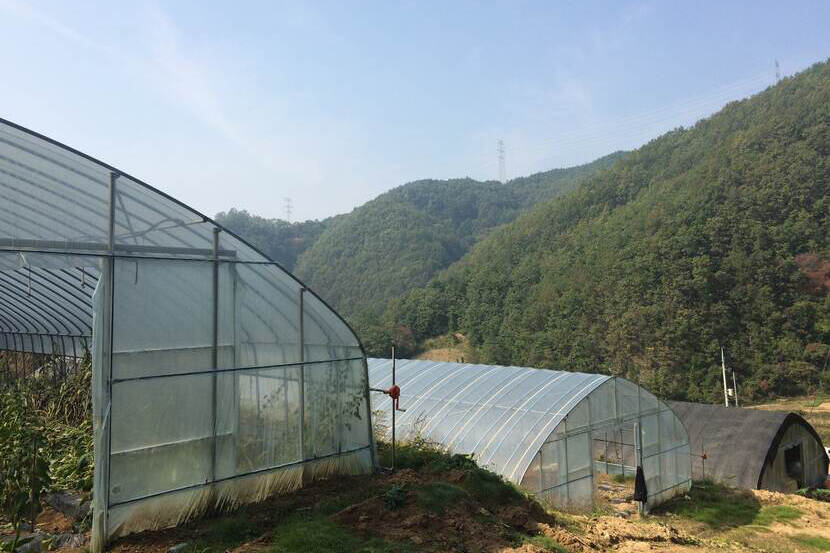Greenhouse in South Korea
LAN team Seoul is happy to announce that newly updated report on greenhouse horticulture in South Korea is available now. If you are in hi-tech greenhouse business and looking for opportunities in South Korea, find the report which includes the latest trends and related information. Stay up to date with us!

Summary
Korea’s ornamental plant production has decreased since 2005, and the vegetable production has decreased since 2010. The horticulture greenhouse area has declined accordingly, and was 56,467 ha in total in 2019. Vegetables accounted for 96% of the use of the total greenhouse area. Most of greenhouses in Korea are low-tech plastic greenhouses mainly for growing watermelons, melons, strawberries, cucumbers and pumpkins. Contrary to the low-tech plastic greenhouse area, the hi-tech glass greenhouse area has steadily grown and reached 367 ha in 2019.
As the largest exporter of paprika into Japan, Korea is increasingly building hi-tech glass greenhouses for paprika and other vegetables. The demand for hi-tech glass greenhouses for growing tomatoes and strawberries is also emerging. Policies to upgrade low-tech greenhouses to mid- or high-tech greenhouses help the development of greenhouses, while small farm sizes, continuous opposition from existing farmers and protectionism still form obstacles. Yet increasing interests in hi-tech horticulture by the Korean society and businesses leads to new opportunities.
The prospect for ornamental plants is still gloomy. The total glass greenhouse area for ornamental plants has shrunk by about 60% over the last 17 years. This is because the Korean flower market still aims at low-quality products with a shorter flower duration for ceremonial occasions.
In order to do business in Korea, it is important to understand cultural difference in business, and to find the right Korean partners who can speak English well, with the required license, experience and network in the Korean horticultural sector.
The whole 18 pages report is available in below document link.